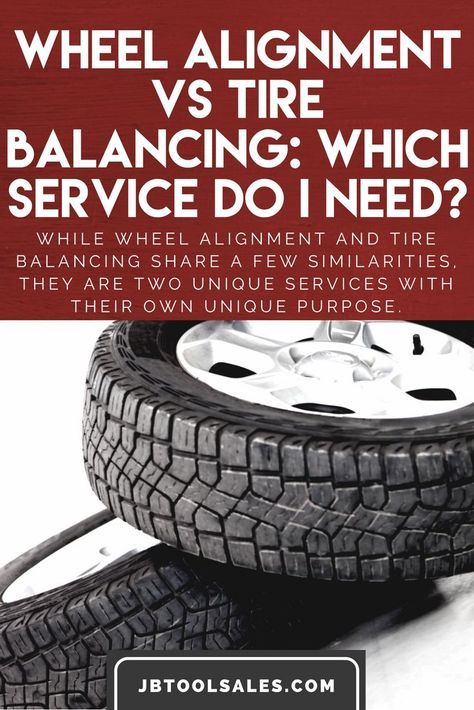When it comes to our cars, it can feel like we’re always looking for ways to save money. This often means avoiding or putting off services we know we shouldn’t. Among those services is balancing your tires.
It turns out there are all kinds of reasons why you should balance your tires. In addition to keeping you safe, balancing your tires can give you a smoother ride while also extending the life of your car. Here are five reasons why you need to balance your tires, and what you need to know to get the job done right.
Before we can get into why it’s important, you need to know exactly what tire balancing does. Modern tires have tiny weights attached to them near the edges of your wheels when they are installed. These weights help to evenly distribute the weight of the tire. Tire balancing is when these weights are adjusted to ensure each tire is balanced equally. This ensures a smooth and even ride.
It’s important to remember that tire balancing and wheel alignment are not the same thing. They’re both important, but they also both do very different things to your tires. Tire balancing adjusts the weights and their distribution on the tire.
Wheel alignment, sometimes called tire alignment, is when you adjust your car’s suspension to correct the angles of your tires on your vehicle. This makes sure the rubber literally meets the road in just the right way for safe and secure travel. Today, we want to focus specifically on the benefits of balancing your tires.
Maybe the biggest, or at least most noticeable, benefit of balancing your tires is that your car will ride smoother. When the weight on your tires goes out of whack, you may start to notice vibrations in your vehicle. These vibrations are particularly evident when you reach highway speeds (often above 50 miles per hour).
If you notice your steering wheel shaking when you’re on the highway, it’s a surefire sign you need to balance your tires. Balancing your tires cuts down or eliminates these vibrations entirely, giving you a ride that’s nice and smooth.
Balancing your tires does a lot more than improve the quality of your ride. It can also improve your gas mileage. Your tires can’t drive evenly if they are not balanced. An uneven ride can make your tires wear down at different rates, reducing your overall gas mileage.
Just like how maintaining your tire pressure improves gas mileage, so does balancing your tires. By ensuring weight is evenly distributed across your tires, you can prevent wear that can reduce your vehicle’s fuel efficiency, saving you money in the long run.
We just explained how unbalanced tires wear down unevenly. So, it should come as no surprise that uneven wear and tear can also reduce the life of your tires. When your tires are out-of-balance, the excessive vibrations and uneven tread wear can cause some tires to wear out faster.
Unbalanced tires are bad for more than gas mileage and treads.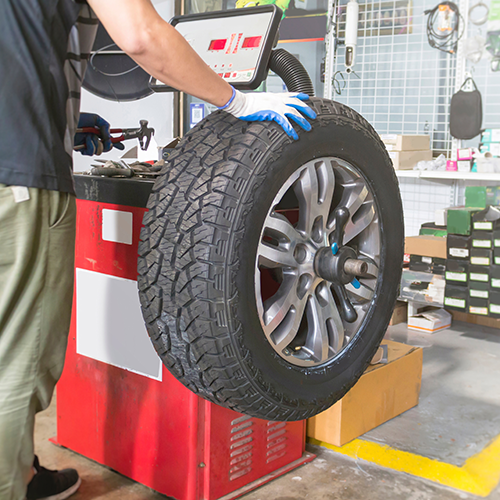 It can also impact your vehicle’s suspension. Over time, the vibrations resulting from your out-balance-tires will keep getting worse.
It can also impact your vehicle’s suspension. Over time, the vibrations resulting from your out-balance-tires will keep getting worse.
These vibrations can ultimately impact your car’s suspension. While balancing your tires is usually a quick job costing less than $100, ignoring the problem can lead to much more expensive repairs down the line.
The most important benefit of balancing your tires is that it improves the safety of your vehicle. When tires are unbalanced, they can develop dangerous bald spots and uneven tread wear. This can make it more difficult to control your vehicle’s steering, especially at high speeds. Regular preventative maintenance like tire balancing goes a long way to ensuring your vehicle is always in top shape.
The best thing to do when balancing your tires is to not wait until it’s too late. A good rule of thumb is to balance your tires every 5,000 miles or six months, whichever comes first. You can also have your tires balanced every time you change your oil or get a wheel alignment.
You can also have your tires balanced every time you change your oil or get a wheel alignment.
Aside from regular maintenance, we recommend you watch out for the following warning signs and follow this advice to have your tires balanced:
Is it time for you to balance your tires? Don’t worry about making time to go to the auto shop. Bring the auto shop to you! Contact the friendly tire professionals at Tread Connection today to meet you at your home or office to balance your tires and get you back on the road!
When a manufacturer creates a tire or wheel, no two are ever exactly alike. That means they are different weights — even if it’s by a fraction of an ounce.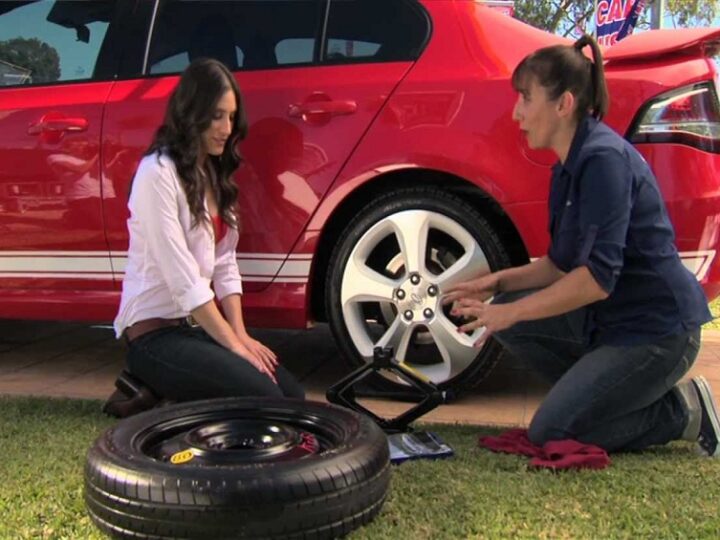 Those small differences can cause issues, which is why we balance the wheel-tire assemblies on every vehicle we service. But how do you know if your tires and wheels need to be rebalanced? We have some quick tips.
Those small differences can cause issues, which is why we balance the wheel-tire assemblies on every vehicle we service. But how do you know if your tires and wheels need to be rebalanced? We have some quick tips.
Tire balancing is a tune-up for each of your wheel-tire assemblies. Balancing helps ensure weight is evenly distributed around the entire circumference of the tire and wheel. Balancing a wheel-tire assembly is done with small weights.
The common symptoms of an out-of-balance wheel-tire assembly are uneven and faster tread wear, poor fuel economy, or vibration in the steering wheel and/or floorboard that gets worse at faster speeds. When all areas of the wheel-tire assembly are as equal in weight as possible, the tire will roll smoothly. This helps improve tread wear. Balancing also contributes to overall ride comfort.
Imbalanced tires can wobble or hop up and down, causing vibration. If a front tire isn’t properly balanced, you’ll likely feel vibration in the steering wheel. If the problem is in the rear, you’ll feel shaking in the seat or floor.
If a front tire isn’t properly balanced, you’ll likely feel vibration in the steering wheel. If the problem is in the rear, you’ll feel shaking in the seat or floor.
Everyday wear on tires and wheels can cause an imbalance. Plus, if a wheel weight comes off, if you hit a curb or pothole, or if you get a flat repaired, your wheel-tire assembly can get out of balance.
When a wheel-tire assembly is especially out-of-balance, you’ll likely know it right away. You’ll feel it in the steering wheel or floorboards. A thump-thump-thump sound that gets louder at lower or higher speeds might also be an indicator. Here are a few signs that you should get yours rebalanced.
You might need an alignment, or your tires and wheels are out of balance. Les Schwab has the expertise to check your vehicle, make recommendations, and get you back on the road.
If the tread on your tires appears to wear too quickly, it could be an out-of-balance wheel-tire assembly.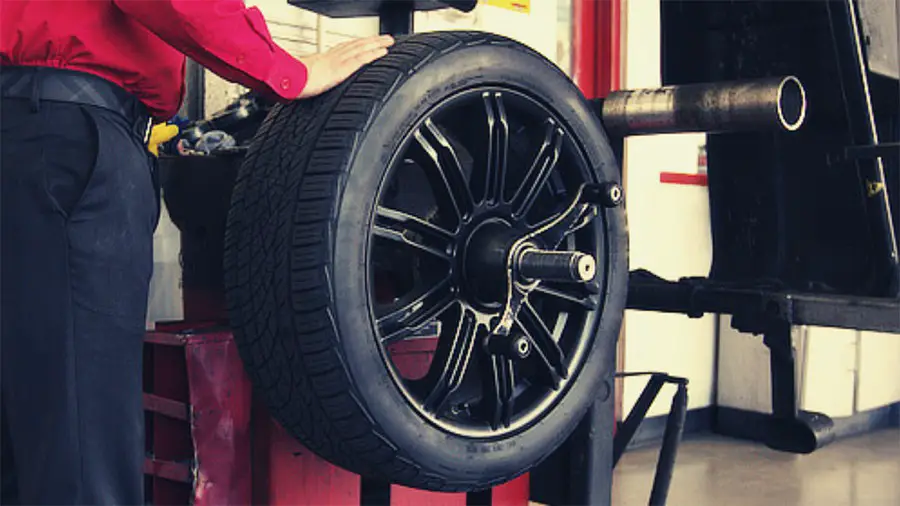
Vibration in the steering wheel when driving could be caused by an out-of-balance wheel-tire assembly. It could also be a bent wheel, a damaged tire (which won’t be fixed by balancing), worn suspension parts or other aging components. If you feel a vibration, don’t wait. Get to Les Schwab and let our pros take a look.
It’s advisable to get your wheel-tire assemblies balanced with every tire rotation. Additionally, anytime you get new tires, balancing should be part of the new-tire package. Other times to consider rebalancing include when you hit a curb, pothole, or other debris that breaks off or damages a balance weight, if you get a flat repaired, or anytime you notice uneven tread wear and vibrations.
At Les Schwab, tire balancing and rotation are done at the same time. However, they aren’t the same service. Tire rotation is when a vehicle’s front and rear wheels are switched to even out tread wear.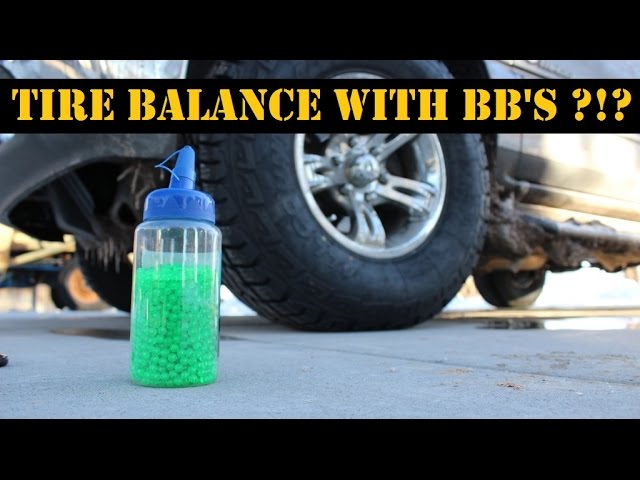 Since both require removing each wheel, it’s convenient to do them at the same time.
Since both require removing each wheel, it’s convenient to do them at the same time.
Les Schwab Tip: Do you leave your car or truck parked in one spot for months at a time? Flat spots could develop in the tires, causing balance issues. This can go away after a few miles of driving. But if not, stop by Les Schwab.
Rebalancing is done in a tire shop by putting the wheel-tire unit on a tire balancing machine that takes measurements to pinpoint lighter or heavier areas. Adjustments are then made to account for these weight differences. The best time to get it done is when tires are being rotated, both for convenience and because you might have a tire out of balance on the rear of the vehicle and won’t feel it until it is moved to the front.
Here’s how it’s done:
A tire mounted on a wheel is attached to a tire balancing machine.
The wheel is spun while vibration measurements are taken. This tells the tech if the weight is spread evenly, how much weight to add and where on the wheel to attach it.
This tells the tech if the weight is spread evenly, how much weight to add and where on the wheel to attach it.
If an imbalance is found, the technician may be able to rebalance and adjust the weights (adding more). But sometimes it requires the tech to also reposition the tire on the wheel and then rebalance. This is because a heavy spot on the wheel and on the tire can sometimes line up together, causing a greater imbalance that needs to be corrected.
Though both should be part of regular auto maintenance, balancing isn’t the same as getting an alignment. Wheel alignment corrects the angles of the tires so they travel in the same direction and properly make contact with the road. Alignment reduces uneven tire wear and extends the life of your tires.
The benefits of a balanced wheel-tire assembly include a smoother ride, as well as money saving benefits such as less tread wear, better gas mileage, and less strain on many parts of your vehicle.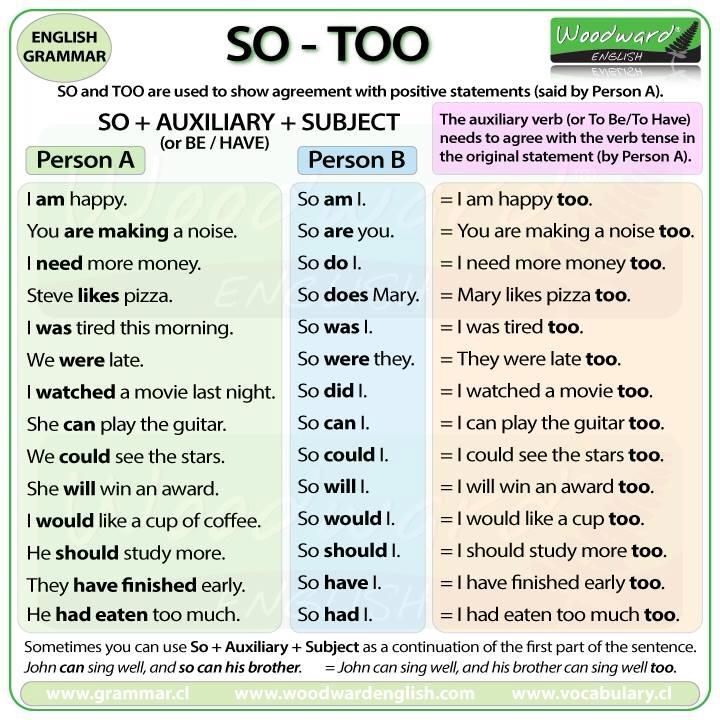
Properly balanced wheel-tire assemblies can add up to more tread life, increased fuel economy, and less wear and tear on your vehicle. Les Schwab has the tools and know-how to get yours done right. If you have a set of Les Schwab tires, come on by and we’ll rebalance them for free. It’s part of our Best Tire Value Promise. Didn’t buy your tires here? We’ll be happy to take a look, give you an estimate, and get the job done right.
LADA
UAZ
KIA
Hyundai
Renault
Toyota
Volkswagen
Skoda
BMC
BMAN
BMARS
BMAN
Mitsubishi
Mazda
Ford
All brands
nine0003
Related materials
Seasonal tire change: everything car owners need to know
To begin with, a small educational program. Balancing is the alignment of the center of mass of the wheel with the axis of rotation. In this case, the loads are fixed opposite the heavy part of the wheel. This is the definition of static balancing. And since the wheel is not a thin disk, but rather a wide roller, the so-called dynamic balancing is necessary, when loads are placed both on the outer and on the inner parts of the wheel disk. Naturally, the wheels need to be balanced immediately after mounting the tire on the rim: after all, the imbalance can reach 50–60 g on each side. If it turns out more, then it makes sense to "twist" the tire relative to the disk, ensuring their mutual rotation by 180 degrees. With this initial balancing, tire workers provide an imbalance of less than 5 g per side. It is believed that a new tire is capable of slightly changing its position on the disk in the first kilometers, and therefore the balancing will go away a little. nine0003
Balancing is the alignment of the center of mass of the wheel with the axis of rotation. In this case, the loads are fixed opposite the heavy part of the wheel. This is the definition of static balancing. And since the wheel is not a thin disk, but rather a wide roller, the so-called dynamic balancing is necessary, when loads are placed both on the outer and on the inner parts of the wheel disk. Naturally, the wheels need to be balanced immediately after mounting the tire on the rim: after all, the imbalance can reach 50–60 g on each side. If it turns out more, then it makes sense to "twist" the tire relative to the disk, ensuring their mutual rotation by 180 degrees. With this initial balancing, tire workers provide an imbalance of less than 5 g per side. It is believed that a new tire is capable of slightly changing its position on the disk in the first kilometers, and therefore the balancing will go away a little. nine0003
Now let's turn directly to our topic. If you alternately install either winter or summer tires on the same wheels, then you cannot avoid balancing. There is nothing to argue about here. The question of balancing every season arises only for those car owners who have two complete sets of wheels: summer and winter.
There is nothing to argue about here. The question of balancing every season arises only for those car owners who have two complete sets of wheels: summer and winter.
Related materials
Routine work that everyone ignores (and in vain!)
So, should the wheels be balanced at every seasonal change? nine0053
If you approach the process formally, then you should remember the instructions for the car. It is usually recommended to balance the wheels after a run of 10,000 to 15,000 km. If you drive less in one season, then you definitely shouldn’t balance, except for the cases specified below.
But this is in theory, but in practice I advise you to monitor the behavior of the car. If there is no noticeable beating of the steering wheel, then balancing is not needed. The beating of the rear wheels is felt less, but they usually suffer less often. In any case, you should feel a strong imbalance. nine0003
If you change your own wheels twice a year, the following recommendation applies.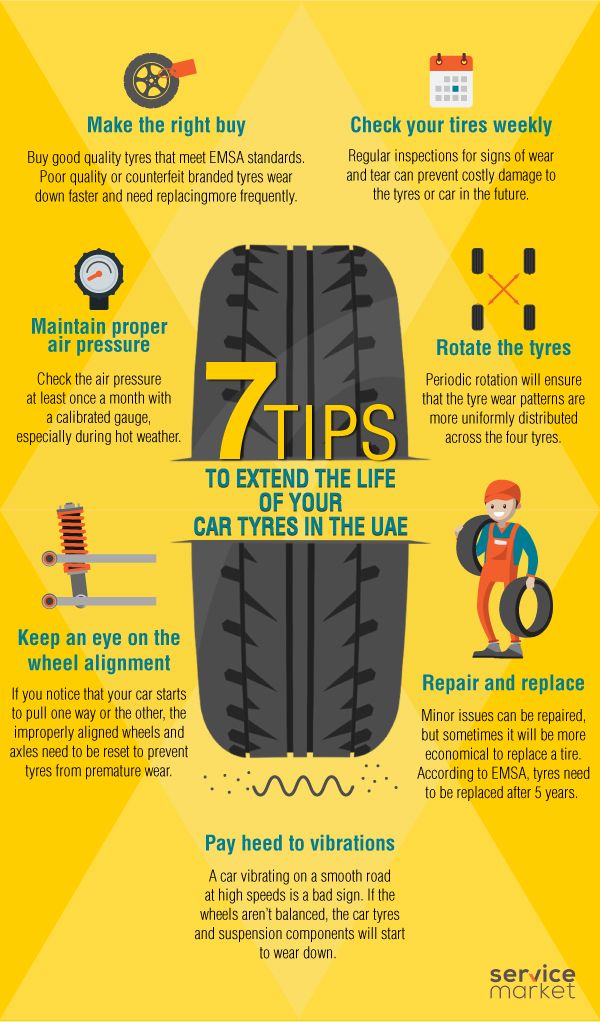 Put the wheels on and ride for a couple of days. During this time, the tire will get rid of the deformations that occurred during storage. If there are no vibrations at any speed with which you drive, balancing can not be carried out.
Put the wheels on and ride for a couple of days. During this time, the tire will get rid of the deformations that occurred during storage. If there are no vibrations at any speed with which you drive, balancing can not be carried out.
Related materials
10 procedures without which it is better not to drive
Balancing is required in the following cases:
Photo: depositphotos.com
Our new video
Niva and UAZ became the best gift for the soldiers of the Northern Military District
The first test of the new Moskvich 3 (video)
New Exeed TXL: a test in the Russian outback
Like this post? Subscribe and you will always be in the know!
Driving in Zen
When should a car wheel be balanced? Why do it at all? What will happen to me if I refuse to balance? These questions concern every driver.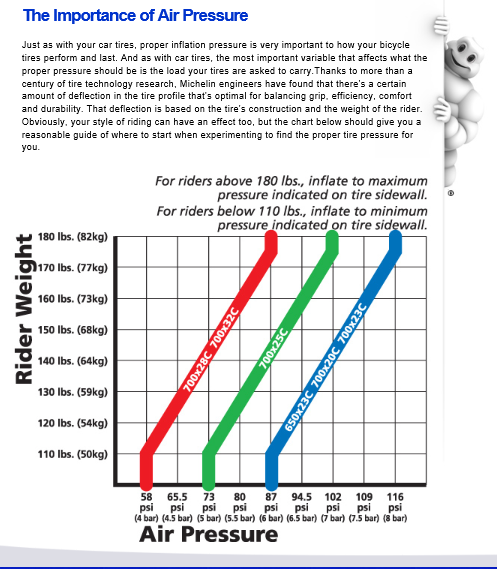 After all, it is impossible to do high-quality and accurate balancing with your own hands - for this work you need a tire fitting with good equipment. nine0003
After all, it is impossible to do high-quality and accurate balancing with your own hands - for this work you need a tire fitting with good equipment. nine0003
When is it necessary to balance a car wheel? Why do it at all? What will happen to me if I refuse to balance? These questions concern every driver. After all, it is impossible to do high-quality and accurate balancing with your own hands - for this work you need a tire fitting with good equipment. Therefore, many people prefer to save their resources on balancing, making a big mistake that can cost the car and the driver much more than the service of restoring the balance of the wheel. nine0003
After installing a new tire, radial runout occurs in the disk, provoked by a mismatch between the center of gravity and the axis of rotation. To compensate for this defect, balancing weights are fixed on the disk to ensure uniform rotation of the rim. The wheel is placed on a balancing machine, which rotates the disk and fixes the radial runout.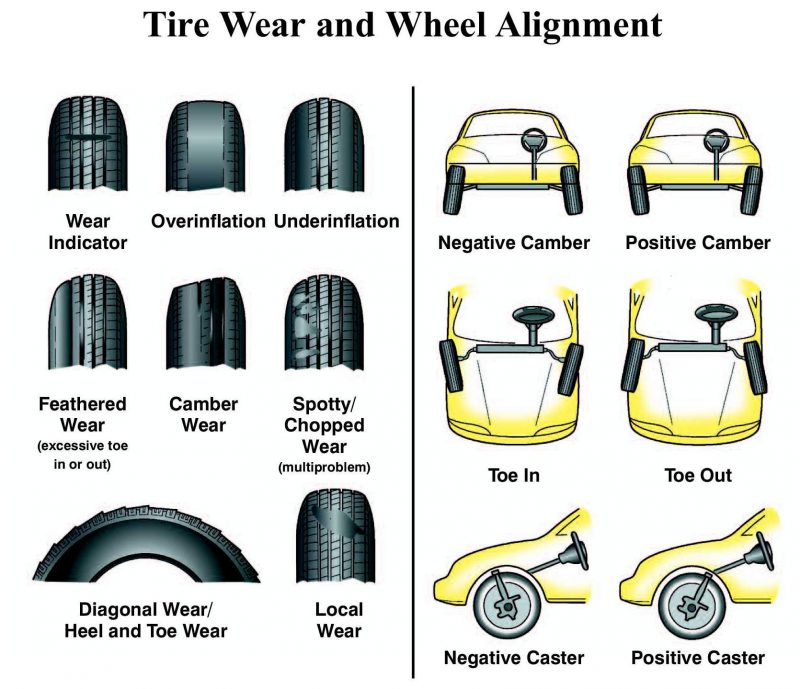 The position of the compensating load is determined empirically.
The position of the compensating load is determined empirically.
The essence of the balance restoration procedure is to align the center of gravity of the “shod” disk with its geometric axis, which is on the same line with the center of the drive shaft. The alignment of structural elements is a necessary condition for comfortable and safe operation of the car. If the axes of the “shod” disk and the drive shaft do not match, the driver and passengers of the car find themselves in an extremely unpleasant situation with far-reaching consequences. nine0003
Try to ride on unbalanced wheels for at least a hundred meters. After such an adventure, you will quickly understand why it is necessary to balance the wheels, and learn a lesson for life. If you prefer to learn from the mistakes of others - just remember that this operation eliminates the imbalance of the disk and tire - the main cause of vibrations shaking both the car and the passengers with the driver.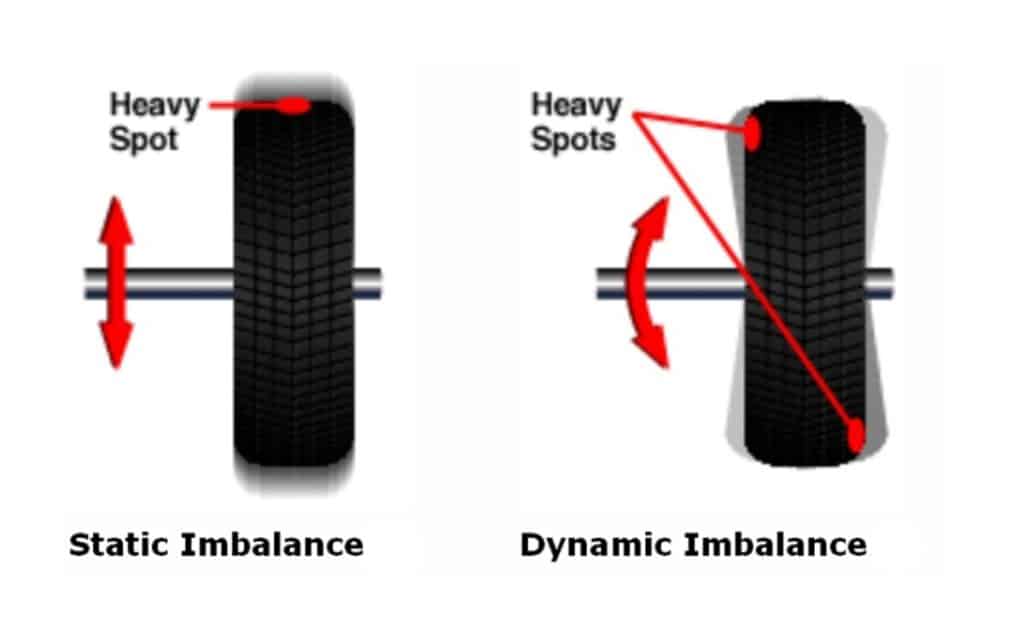 Well, what the imbalance does to the suspension does not need to be explained even to a person far from the world of auto repair shops. It can crumble from constant vibration while the car is moving along the highway. Therefore, wheel balancing is necessary for every vehicle. nine0003
Well, what the imbalance does to the suspension does not need to be explained even to a person far from the world of auto repair shops. It can crumble from constant vibration while the car is moving along the highway. Therefore, wheel balancing is necessary for every vehicle. nine0003
What else affects wheel balancing? Primarily for tire life. Radial runout results in local wear. At this point, the tread depth is erased much faster, so imbalance is the main cause of premature tire wear. If you don’t want to change tires once a year, order balancing at the required frequency.
Experienced drivers order balancing work every time they visit a tire shop. Why check your balance so often? After all, some motorists insist that you need to balance the wheels only when changing tires. Let's explain this with a simple example. nine0003
Let's say you're caught in a traffic jam that forces you to move in jerks, making sharp accelerations and decelerations. The result of such a ride will be uneven tread wear, as a result of which a certain tire loses about 10 grams of rubber, having received a recess in the contact patch. “Only 10 grams, is it worth it to balance the wheel?” - an inexperienced driver will think, and he will be wrong, because at a speed of 100 km / h these 10 grams turn into 2.5 kilograms, which begin to affect the car in a not the best way. Agree, such an advantage gives a reason for immediately contacting a car repair shop. nine0003
The result of such a ride will be uneven tread wear, as a result of which a certain tire loses about 10 grams of rubber, having received a recess in the contact patch. “Only 10 grams, is it worth it to balance the wheel?” - an inexperienced driver will think, and he will be wrong, because at a speed of 100 km / h these 10 grams turn into 2.5 kilograms, which begin to affect the car in a not the best way. Agree, such an advantage gives a reason for immediately contacting a car repair shop. nine0003
The calibration weight that balances the wheel of your car can fly off the rim if the maneuver is not successful. This means that the machine will be left with an unbalance problem one on one, without the support of compensators that level out the radial runout. Also, a stone can get stuck in your tread, upsetting the balance.
All these risks mean only one thing - you need to balance the wheels of your car as often as possible. And how often to do balancing - you decide personally, guided by the quality of the roads on the usual routes and your own driving style.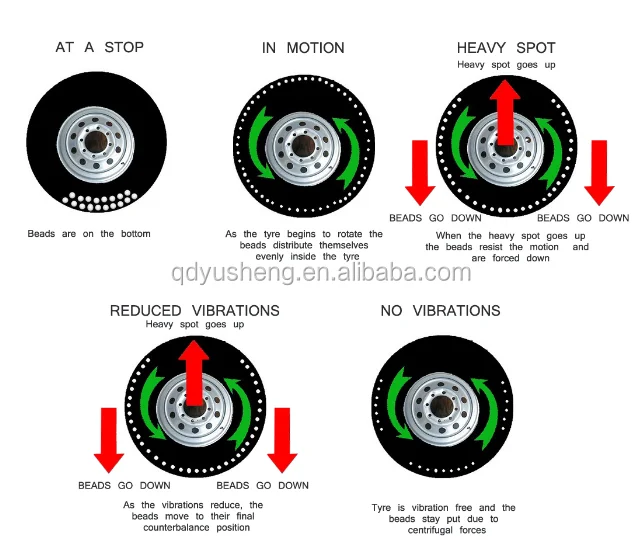 nine0003
nine0003
Ordinary car enthusiasts prefer to balance the wheels every six months, during a tire change. Prudent car owners check the imbalance every three months. Taxi drivers should order balancing after 5,000 kilometers - for them this is an essential process that improves the level of passenger comfort.
What you need to know about balance accuracy? Only one rule: the higher the accuracy, the better both driver and passenger feel. After all, even a small unbalanced mass generates significant radial runout at high speed. nine0003
Why is this happening? First of all, because the imbalance creates a significant centrifugal force, directly proportional to the product of the square of the angular velocity, the unbalanced mass and the radius of rotation. That is, the mass is amplified by the speed of rotation of the disk. As a result, the growing speed of the car means an increase in the influence of the unbalanced mass on the tire, disk, drive shaft, frame, engine and other structural elements of the vehicle.
Therefore, in the fight against balance defects, the account of unbalanced masses goes to grams. And a quality balancing process means that the tire changer will work on the machine until the radial runout is reduced to a critically small value. nine0003
Winter Drive protection
Tires Goodyear UltraGrip Arctic 2 SUV
Winter Drive Protection Sound Comfort
Rating:
4.5
Tires Goodyear UltraGrip Ice 2
Winter Drive protection
Tires Goodyear UltraGrip Performance+ SUV
Winter Drive protection
Tires Goodyear UltraGrip Arctic 2
Winter Drive Protection Run On Flat Sound Comfort
nine0002 Tires Goodyear UltraGrip Performance+ Balance defects are explained by the mismatch between the axes of inertia and rotation.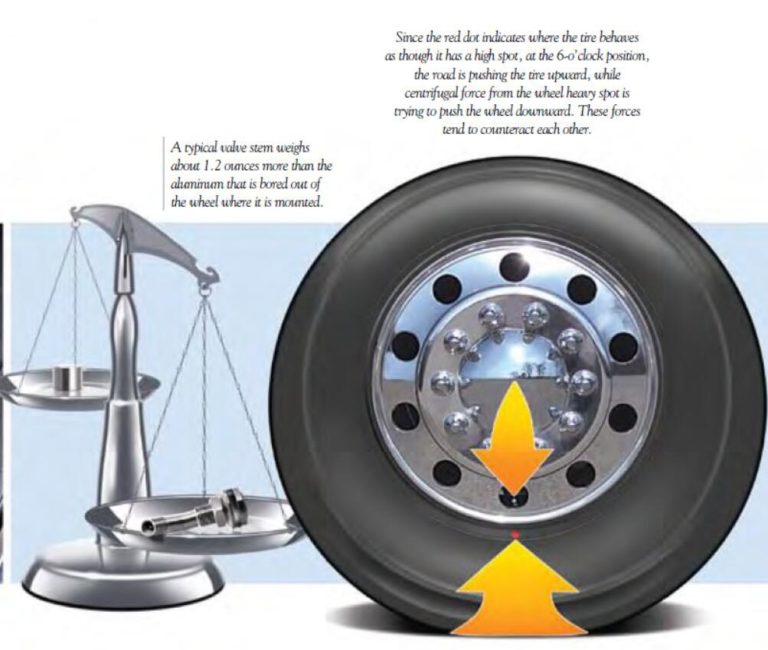 Moreover, this mismatch results in: nine0003
Moreover, this mismatch results in: nine0003
Any tire service is ready to eliminate both dynamic and static imbalances. However, a perfect calibration of the axes of inertia and rotation is not possible. Therefore, tire fitters operate with approximate unbalance values, eliminating this defect within the tolerance approved by the car's designers.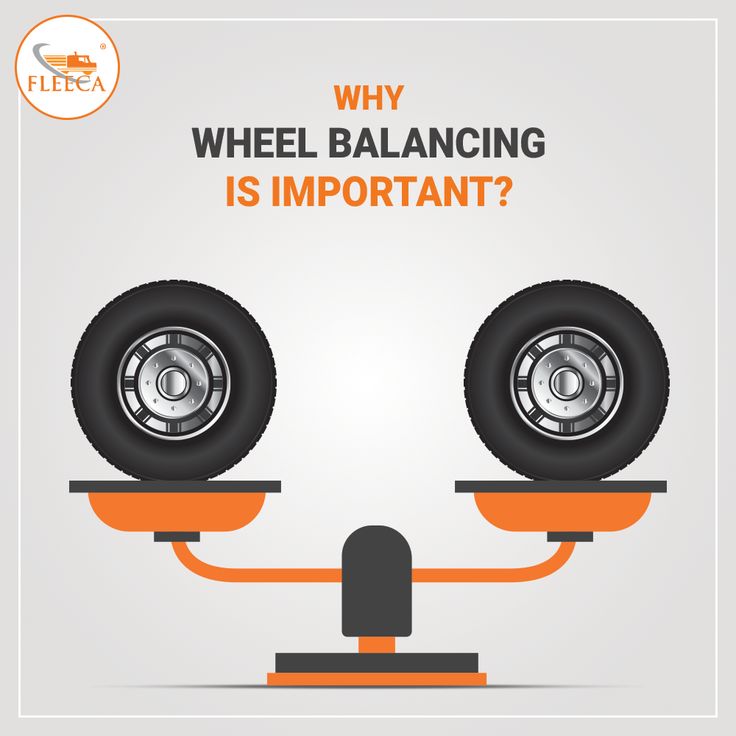 Usually it is ± 1.0 - 1.5 millimeters. The exact tolerance values \u200b\u200bfor the desired disc diameter can be clarified according to the tables of GOST 4754-97.
Usually it is ± 1.0 - 1.5 millimeters. The exact tolerance values \u200b\u200bfor the desired disc diameter can be clarified according to the tables of GOST 4754-97.
